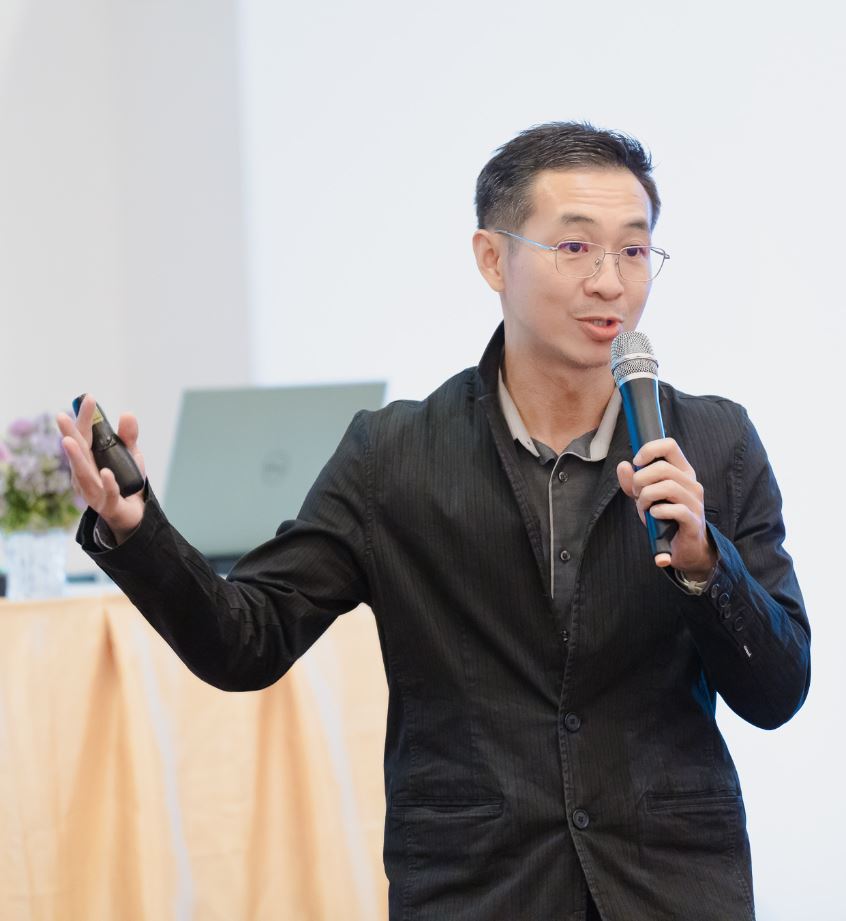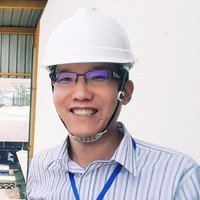PE10 Pump and Compressor Systems Engineering Design, Specification, Sizing
Artit wiwatwisansakul
Wiroon Tanthapanichakoon
August 06, 2026
Rayong

Artit wiwatwisansakul
Wiroon Tanthapanichakoon
August 06, 2026
Rayong

Pumps and compressors are the most common equipment for fluid transport in process plants. However, most process engineers understand about pumps and compressors too superficially to perform in-depth calculations and troubleshooting of pump and compressor systems. This course provides essential knowledge on specific requirements for each type of pump & compressor and typical P&ID examples that process engineers should understand. It also covers the basics of shaft sealing, seal flushing systems, series vs. parallel operations, variable speed driver effects, viscosity corrections for centrifugal pumps. It also explains the difference between compressors and blowers (or fans), so that engineers can calculate suction and discharge conditions correctly.
Engineers e.g., chemical engineers and mechanical engineers, process design engineers, process engineers, engineering company engineers, any technical personnel dealing with pumps and compressors in terms of design and engineering, specification, and troubleshooting of pump & compressor systems
8:00 AM – 9:00 AM Register
9:00 AM – 12:00 PM
I. Pumps
A. Pump types and selection: centrifugal vs. positive displacement
B. Design and Process Requirements
• Flow rate, differential head, discharge pressure, max suction pressure, max shut-off pressure, design pressure setting
• Mechanical design temperature
• Net Positive Suction Head (NPSH)-available
12:00 PM – 13:00 PM Lunch Break
13:00 PM – 17:00 PM
I. Pumps
C. Centrifugal Pumps
• Pump performance curve
• Series vs. Parallel operations
• Capacity control methods
• Efficiency, motor driver power
• Driver sizing and standard motor rating
• Suction specific speed, NPSH-required
• Adjusting pump performance by affinity laws
• Temperature rises due to pumping
• Power reduction: variable speed vs. constant speed control
• Viscosity correction for centrifugal pumps
D. Reciprocating Pumps
• Pump performance curve
• Capacity control
• Motor driver power estimation
• Suction line arrangements
• Pulsation suppression devices
• Relief valve, back pressure regulator
E. Rotary pumps
• Type selection, pump performance curve, flow pulsation
F. Pump P&ID Preparations
• Centrifugal pumps
- Specific requirements and typical P&ID examples: operating conditions & temp, fluid properties, auto-start, etc.
• Reciprocating and rotary pumps
- Specific requirements and typical P&ID examples: pulsation suppression, pressure relief, etc.
G. Shaft sealing basics: mechanical seal types, selection, concepts, seal flushing systems
8:00 AM – 9:00 AM Register
9:00 AM – 12:00 PM
II. Compressors
A. Compressor types and selection: centrifugal vs. positive displacement
B. Design and Process Requirements
• Flow rate, polytropic head, discharge pressure, suction pressure, design pressure setting
• Settling-out pressure for compressors with recycle or closed loop
• Mechanical design temperature
• Polytropic vs. Isentropic calculations
C. Centrifugal Compressors
• Compressor performance curve
• Surge and anti-surge control scheme
• Capacity control methods
• Number of compression stages
• Polytropic efficiency, brake horsepower
• Driver sizing and standard motor rating
• Affinity Laws
D. Reciprocating Compressors
• Compressor performance curve
• Capacity control methods
• Clearance pocket calculations
• Number of compression stages
• Horsepower loading characteristics
• Pulsation suppression, relief valve
12:00 PM – 13:00 PM Lunch Break
13:00 PM – 17:00 PM
II. Compressors
E. Blowers and Fans
• Types and selection
• Determination of suction and discharge conditions
• Fan laws
F. Compressor P&ID Preparations
• Supplementary equipment
- Compressor suction drum, interstage knock-out drum, interstage cooler, spillback cooler
• Instrumentation: suction and discharge
• Safeguarding systems: alarm, ESD, safety relief valve, etc.
• Centrifugal compressors
- Specific requirements and typical P&ID examples
• Reciprocating compressors
- Specific requirements and typical P&ID examples: pulsation suppression, pressure relief, etc.
G. Shaft sealing basics
H. Lube oil, seal oil, gas seal basics
III. Calculation examples
• A vessel bottom pump system transferring liquid to a storage tank
• A multi-stage compressor system with suction drums and inter-stage coolers

Process Safety Engineering
Process engineering and chemical engineering
Plant problem solving and training

Process & Technology Development
Process engineering
Process scaleup and development
For UPCOMING Public Training Course with ChemEngEdu
Early-Bird Rate for Corporate Participants: 5% discount fromfull price for registration at least 4 weeks (28 days) before the training date(reserve the early-bird rate by registration, not by payment).
Individual Participant Promotion: -50% OFF from full price(max 1 person per organization per course). Not eligible for early-bird rateabove.
Academic Participant Promotion: -40% OFF from full price(max 1 person per organization per course). Not eligible for early-bird rateabove.
SkillLane Participant Promotion: Get 60% OFF the full priceon a CEE course when you register for any SkillLane course. (Offer valid for 1SkillLane course per 1 CEE course.)
Note: Please submit proof of your SkillLane registration toqualify for the discount when signing up.








เราใช้คุกกี้เพื่อพัฒนาประสิทธิภาพ และประสบการณ์ที่ดีในการใช้เว็บไซต์ของคุณ คุณสามารถศึกษารายละเอียดได้ที่ นโยบายความเป็นส่วนตัว และสามารถจัดการความเป็นส่วนตัวเองได้ของคุณได้เองโดยคลิกที่ ตั้งค่า